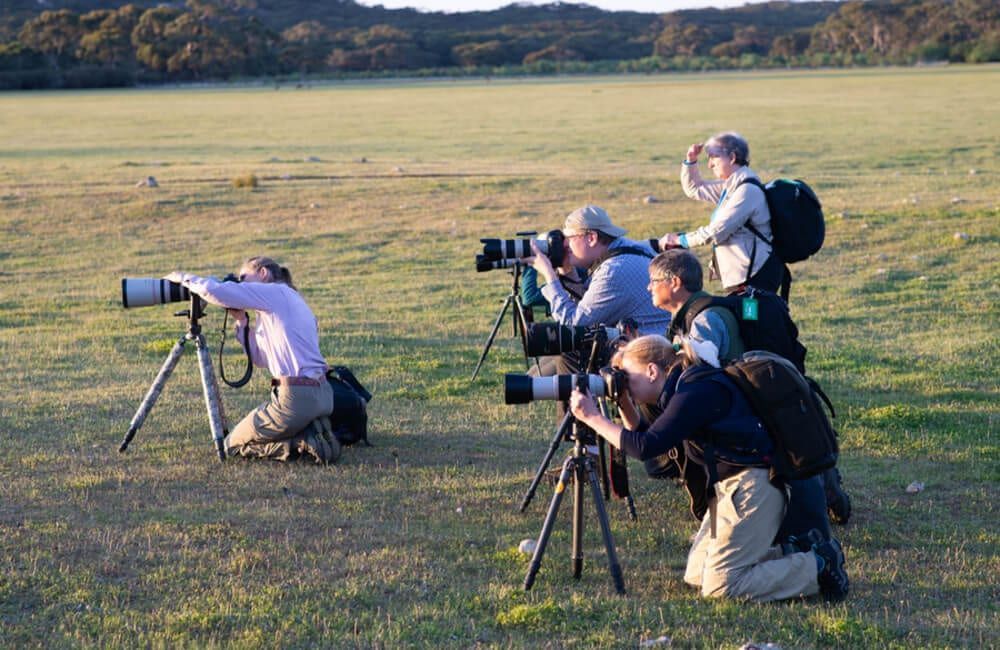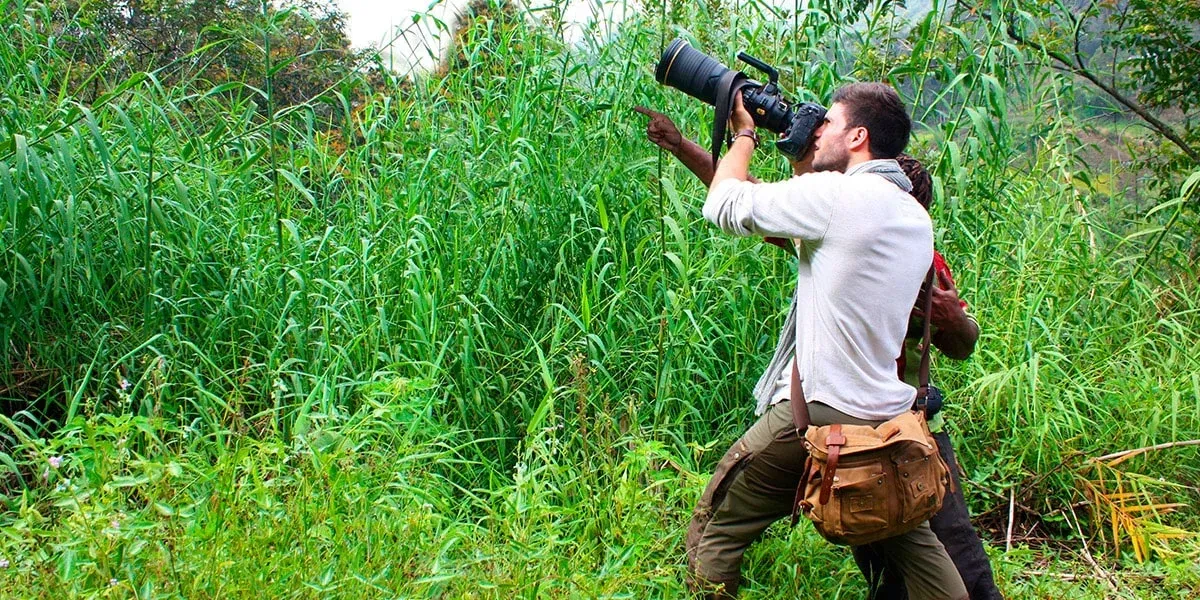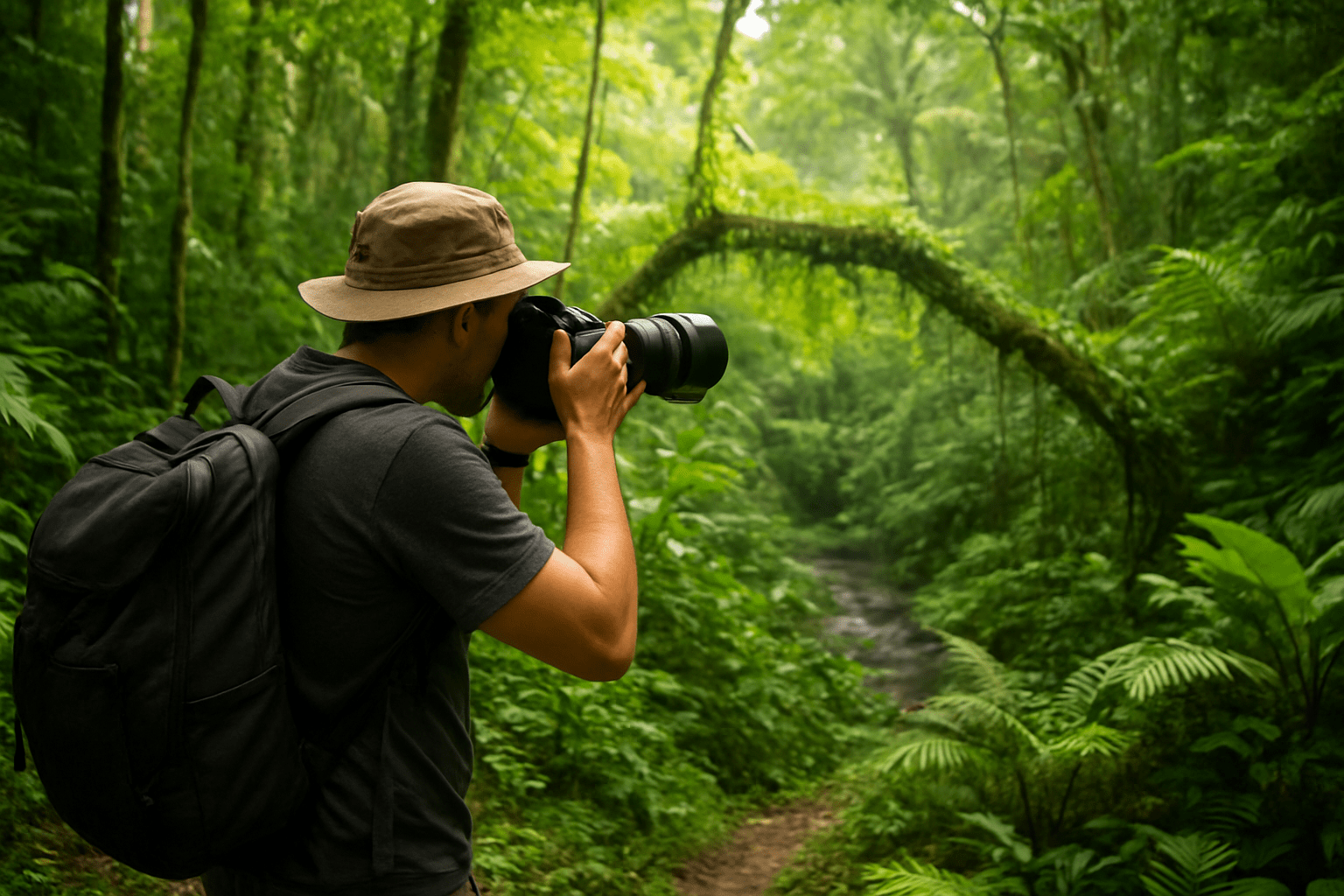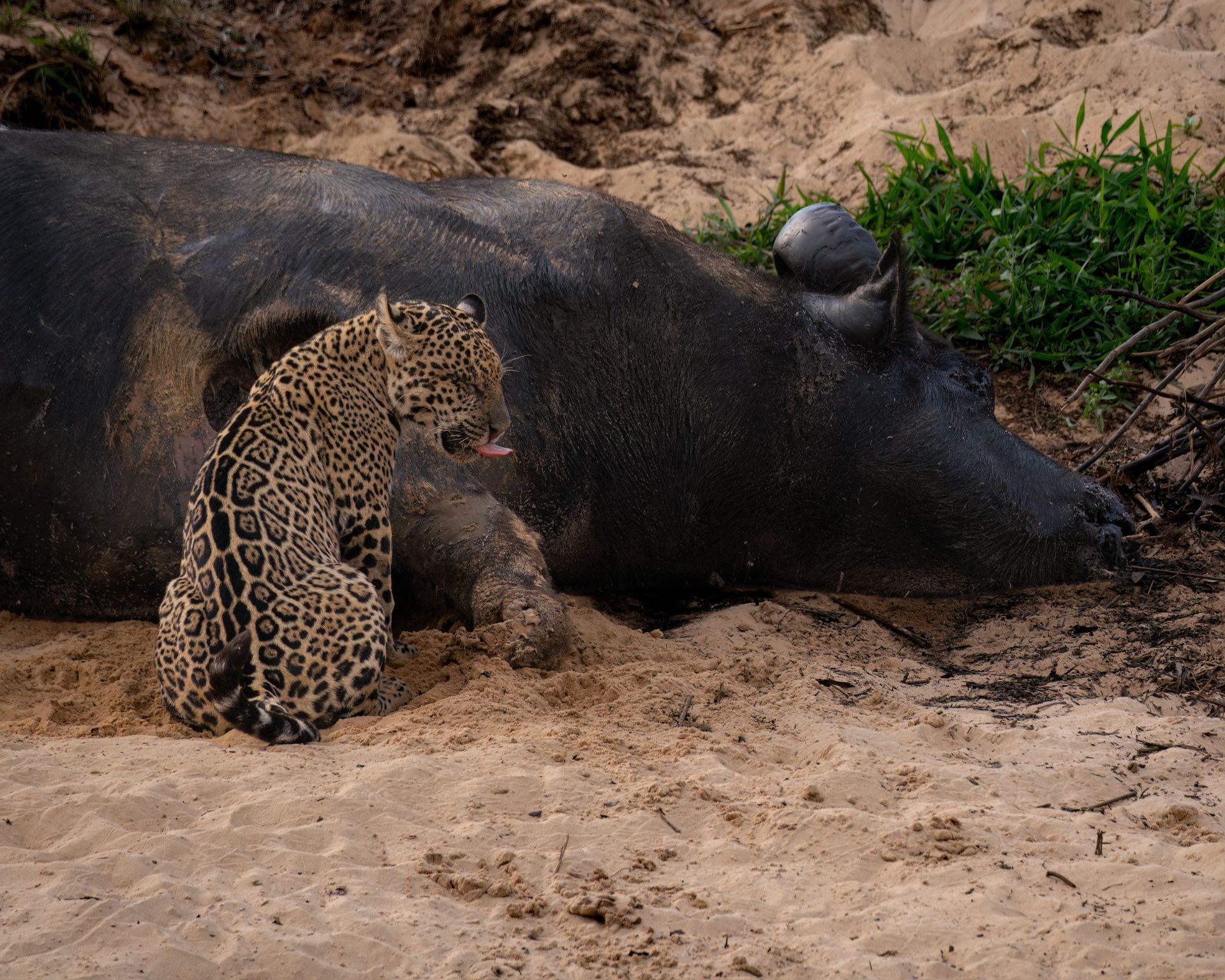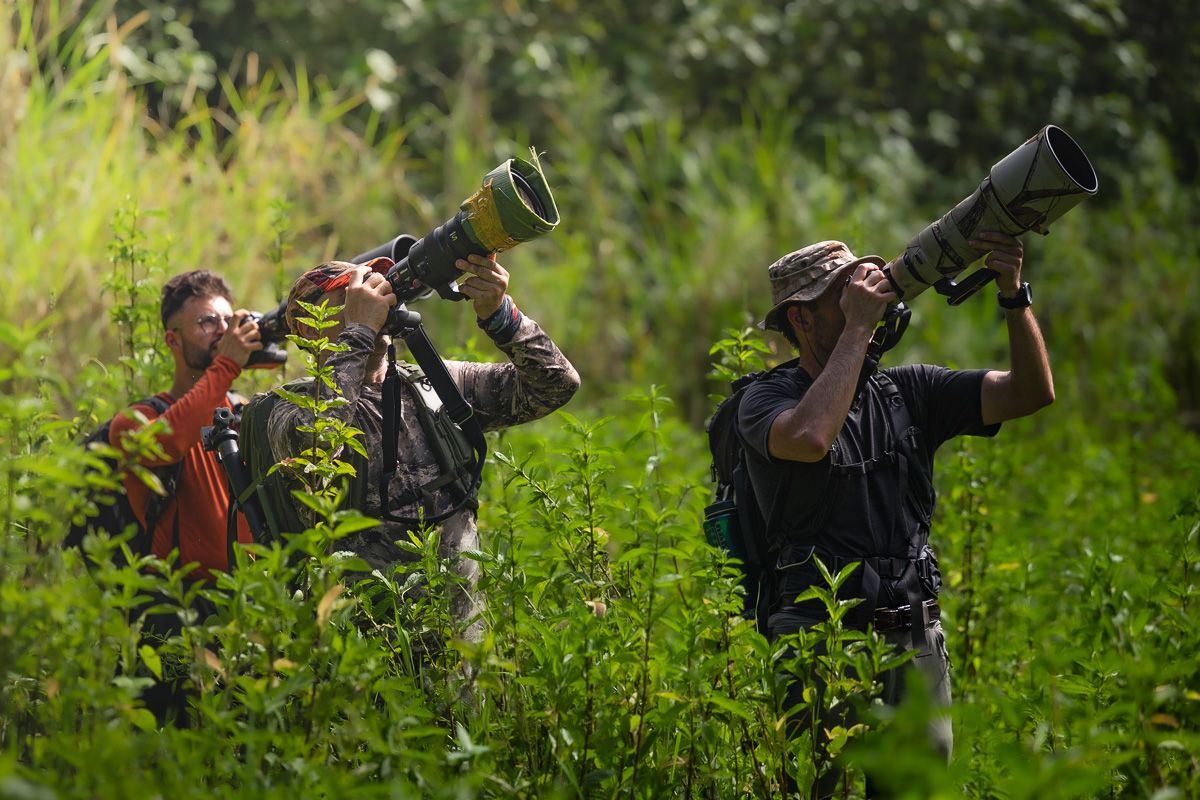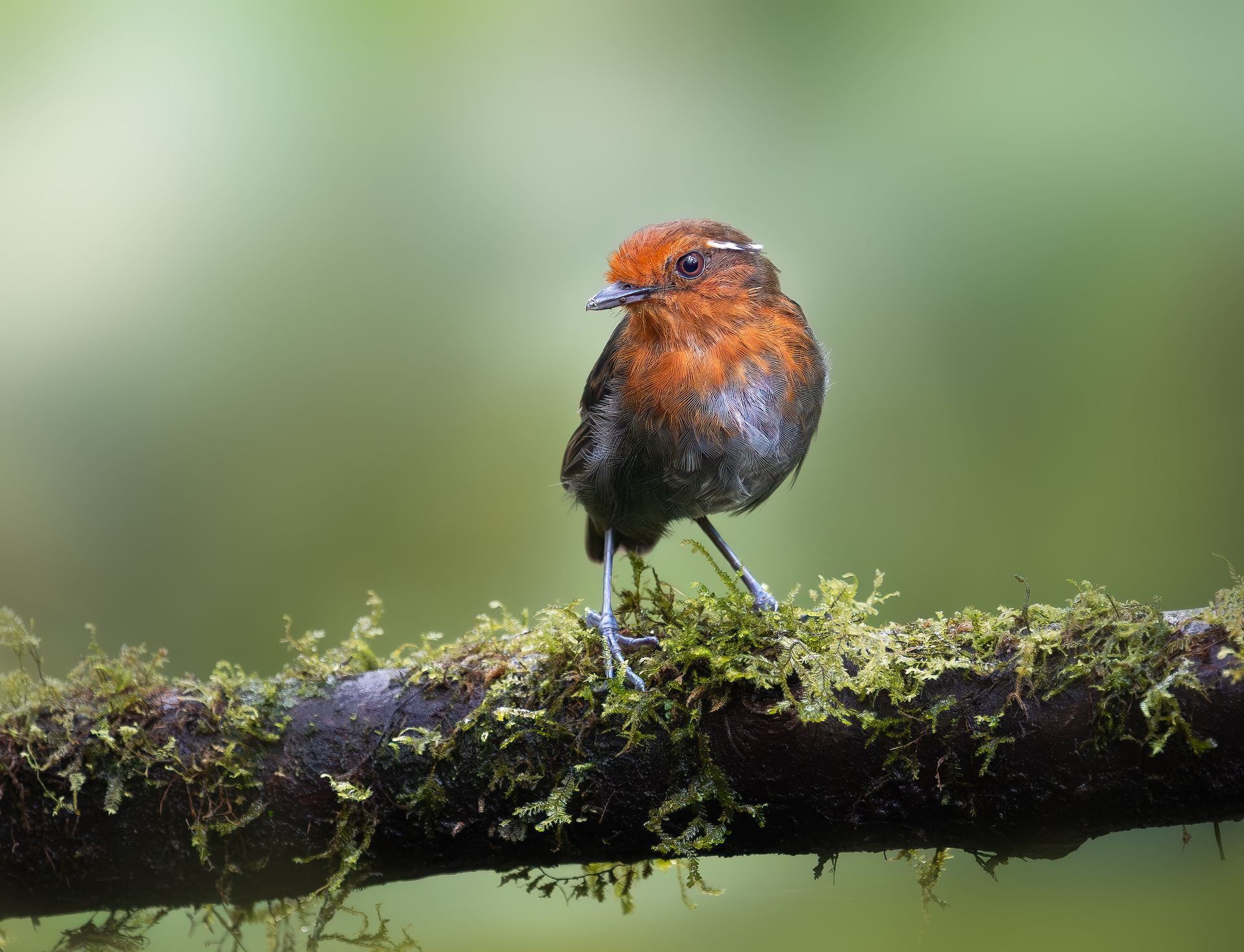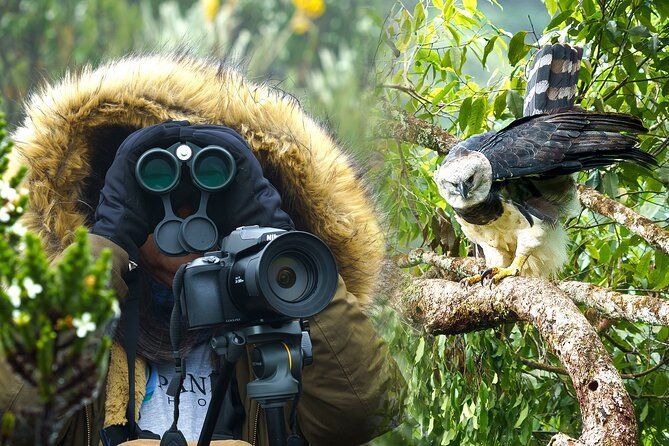Purple-Back Thornbill Photography Tips for Colombia's Endemic Bird Lovers
Among Colombia’s dazzling hummingbird species, the Purple-back Thornbill (Ramphomicron microrhynchum) stands out for its compact size, swift movements, and rich iridescent coloring. Endemic to the Andes and often found at high elevations, this elusive species is a true treasure for bird photographers. Capturing its subtle yet striking beauty requires patience, preparation, and a keen eye for detail. In this guide, we’ll walk you through the best locations, gear recommendations, and strategies for photographing this high-altitude gem.
Why the Purple-Back Thornbill is a Must-Photograph
- Tiny and Brilliant: One of the smallest hummingbirds in Colombia, with a bright purple back and metallic greenish tones.
- High-Elevation Habitat: Prefers páramo and elfin forest edges, creating striking environmental photo contexts.
- Dynamic Flight Patterns: Fast, darting movements challenge your reflexes and camera skills.
Where to Find the Purple-Back Thornbill in Colombia
This hummingbird is typically found between 2,800 and 4,000 meters above sea level. Key locations include:
- Los Nevados National Natural Park (Caldas/Tolima): A high-altitude haven for thornbills.
- Sumapaz Páramo (Bogotá region): Offers open páramo landscapes with flowering bushes.
- Páramo de Letras (near Manizales): Known for hummingbird diversity at elevation.
- El Angel Reserve (border region): Remote but offers excellent thornbill activity.
Look for them near Chuquiraga or Espeletia plants, where they forage regularly.
Ideal Seasons and Times
- Dry Season: Visit between December and March for better access and light conditions.
- Early Morning Light: Between 6:00 AM and 9:00 AM, birds are most active and light is soft.
- Flowering Periods: Check for seasonal bloom peaks in páramo flora.
Recommended Camera Equipment
- Camera Body: Fast frame rate, good ISO performance.
- Lens: 400mm or longer; zoom lenses (100–500mm) offer flexibility.
- Tripod/Monopod: Stabilizes long sessions in uneven páramo terrain.
- Weather Protection: Both for you and your gear—conditions can shift rapidly.
Shooting Techniques for Success
- Watch Feeding Patterns: Thornbills return to specific flowers—observe and anticipate.
- Use Manual Exposure: To manage iridescent light reflections.
- Shoot from a Low Angle: To isolate bird against sky or natural foliage.
- Shutter Speed: Use at least 1/2000s to freeze wing motion.
- Patience and Stillness: These birds often pause briefly—timing is everything.
Ethical Photography Practices
- No Playback: Avoid disrupting natural behaviors.
- Stay on Trails: Protect fragile páramo ecosystems.
- Limit Group Size: Keeps bird stress minimal.
- Use Natural Light: Avoid flash in sensitive highland environments.
Why Choose Retorno Photo Tours
At Retorno Photo Tours, we craft tailored expeditions to Colombia’s most remote and photogenic bird habitats, including:
- Highland Expertise: Specialized in páramo species photography.
- Eco-Friendly Lodging and Access: Comfortable yet sustainable stays near high-altitude hotspots.
- Custom Field Support: Local guides, gear tips, and meal logistics handled for you.
- Small Group Focus: Personalized attention for photographers of all levels.
Conclusion
Photographing the Purple-back Thornbill is a rewarding challenge that tests your skills and immerses you in Colombia’s spectacular páramo landscapes. With its jewel-toned feathers and high-speed acrobatics, this bird offers a truly memorable photographic experience.
Join Retorno Photo Tours and elevate your portfolio with one of Colombia’s most captivating high-altitude hummingbirds.



